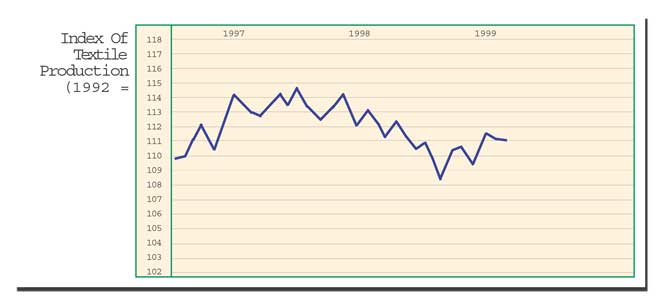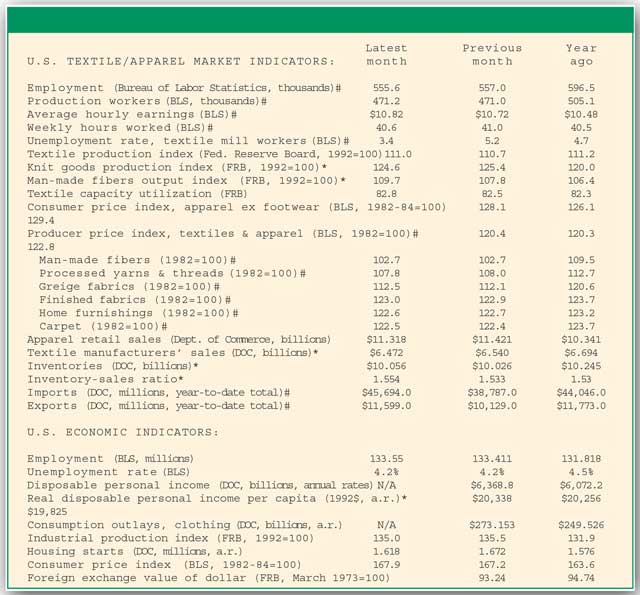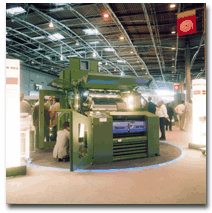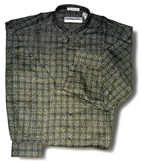
During a recent CItdA (Computer Integrated Textile and Design Association) conference in New
York City, textile and clothing designers were asked the question Which comes first design or
computer skills The quest was to determine from the perspective of todays creative professionals,
which is the foundation for success and which is the value added skillset.Sentiment rang strongly
among the nearly 100 attendees that a computer design program does not a designer make. Not only do
todays designers view the computer as a tool with which they can express their design skills, but
an increasing number understand both the importance and opportunity that integrating
computer-aided-design (CAD) with computer-aided-manufacturing (CAM) can provide. The designer that
can not only push the design envelope, but can push that envelope all the way through the
production process is the designer that will make his or her mark in the design world. The
consummate example of the technology-driven designer is Jhane Barnes, the award-winning menswear
designer who weaves her own personal formula of thread, warp, weft, color, surface design, computer
technology and math to produce her textiles. Math, you ask From Math To MenswearWhile most
designers will look at a rainbow, a shape, a flower or any other concrete object for inspiration,
Jhane is driven by more obscure stimuli such as patterns in fractal books, symmetries, algorithms
or the angle of light reflecting off of an object. Its how she plays these inspirations against the
computer and the loom that tells an interesting story.Though a star in her own right, one of Barnes
childhood celestial aspirations was to become an astrophysicist. Her love for math and science were
in stark contrast to her love for designing and making her own clothes, a skill that provided for
some early recognition and success that sealed her destiny. She became frustrated early in her
career by her inability to find the kind of textiles she was looking for and says she learned the
art of weaving from books, mills and by making mistakes. The 45-year-old designer began using
computers in the early 1980s, when she was among the first to own a weaving program that allowed
her Atari computer to drive her handloom.She is emphatic about her belief that the technical
weaving skills she developed in those early years are not only the foundation of her success, but
the missing formula for many of todays designers.Most textiles happen accidentally because the
designer doesnt have the technical production knowledge and the mills dont have the creative
capabilities to accurately interpret the design sketch, Barnes said.By designing with the use of
computer software that allows her to control both the design and the production processes, Barnes
has complete control over the outcome of products that will proudly bear her name.While she and her
staff of 10 designers have used many of the surface design and weaving applications on the market,
she is fiercely loyal to both the applications from and the relationship with Designer Software of
Syracuse, N.Y. She makes intense use of their flagship programs Surface Magic and WeaveMaker, and
has substantially influenced the way the software has been developed.To understand the
relationship, it is important to understand the driving force behind Barnes design inspirations.
When she is in the creative process, she thinks about not just color, yarn, pattern and texture,
but about symmetries, rules and generators.Symmetry is a mechanism for superimposing the entire
plane on itself without changing the original motif or pattern. The 17 symmetries that exist for a
two-dimensional infinite plane such as fabric include design concepts like mirroring, sliding,
rotation and repeat. By combining her knowledge of design and symmetry, Barnes will create rules
that will define the actual construction of a design. Rules define such items as the size of
squares or circles, the width of lines, the number of colors, the size of the repeat, the float in
the weave and the symmetry to be applied. These rules, which are constantly evolving and being
added to her proprietary copies of Surface Magic and WeaveMaker, include instructions such as
shearing stripes where the odds shear but the evens stay put, repeatedly reducing the size of a
design on itself, or guiding the rearrangement of a design motif with a space filling curve, which
was inspired by a math book on fractals.These symmetries and rules must be written into software
that will not only produce the desired visual effect and allow Barnes to apply color to the
results, but provide weaving direction based on such technical details as the number of harnesses,
the number of colors, the weave construction, etc. Since the number of harnesses is contingent on
the mill in which the fabric will be produced, this variable is not often known during the design
process. Barnes applauds the flexibility of WeaveMaker, which allows her to see the effect on a
design as, for example, the number of harnesses is changed. She also exploits this capability, as
the software allows her to design as if there were an unlimited number of harnesses, a virtual
dobby loom if you will.While she knows she must eventually reduce the number of harnesses to match
production, the freedom to temporarily suspend real world limits in the initial design process only
enhances her creativity and provides the opportunity to develop the unusual designs that have
become her trademark.Much of her work actually starts in Surface Magic, a very inexpensive ($185,
Macintosh and Windows) surface design program for pattern or jacquard design development on knit
and woven fabrics. Features include: automatic pattern creation, automatic repeats, absolute color
control, resolution control, the ability to define the shape of the individual pixels, masking and
layers.The software supports the ability to create proprietary pattern generators, a feature that
Barnes has exploited more than most. She has also taken full advantage of her relationship with
Designer Software by assisting them to develop their products around the intuitive and creative
thought processes of a designer. She doesnt like to read a users manual, and rarely does.When
Designer Software owners Dana Cartwright and Bill Jones talk about their relationship with Barnes,
the tone in their voices resembles that of proud parents. Their relationship goes back to 1992,
when she first discovered their software at a trade show. Since then, each has had a profound
influence on the other.As the chief software architect, Cartwright is responsible for adding
features to the software, such as the saving of thumbnails or the addition of weave capabilities.
Jones, a mathematician, is responsible for writing the software pattern generators that Barnes
dreams up from her unique integration of symmetries and fractals. The three provide an unusual
combination of skills that, by all accounts, provides for a free flow of creative inspiration in
all directions.Barnes recently completed a project that was a unique honor. When the State of Ohio
developed an initiative to improve both the interest and test scores in math of middle and high
school children, their search for real world applications led them to Barnes.In co-operation with
Ohio teachers and Designer Soft-ware, Barnes has developed a series of lesson plans that will teach
students how to apply math in the world of textile design. It is supported by a 20-minute video of
Barnes working at her computer and at the mills. It also includes a series of work books that will
assist students in applying math to real world weaving situations.In the world of apparel and
textile designs, where knock-offs are so common, one might think it was an actual business process.
Designers and manufacturers alike have learned to guard their creativity and work product. The
question remains, why would Barnes be so willing to tell the world how she does what she doesBarnes
explains that the process of sharing her unique insights only serves to boost her creativity. While
she herself has trained many of her staff, she has found her style and technique to be often
imitated, but never duplicated. Step-By-Step Designing
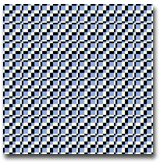
1. The first step is created using a scheme (pattern generator) that automatically arranges a
check design after selecting the repeat size, the number of colors and the number of stripes. The
blending of the stripes in each direction is constructed using a technique involving the Quadratic
Formula.
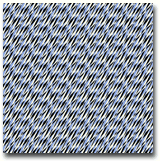
2. In Step 2, the “slice” filter progressively shears the rows and columns of pixels in a
systematic way.
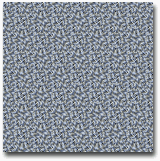
3. In Step 3, the “space filling curve” filter works like a multiple-reduction copy machine.
It takes the existing picture and reduces it down to a fraction of its size in five different
shapes and puts it back together.
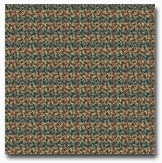
4. The weave structure is added to the final pattern and the warp and weft colors are “woven”
into this fabric simulation.
Editor’s Note: Teri Ross is a writer, speaker and consultant on new technology for the sewn
products industries. She is owner and president of Imagine That! Consulting Group, publishers of
the award-winning techexchange.com. She can be reached via e-mail at tross@techexchange.com or
phone at (612) 593-0776.
December 1999


